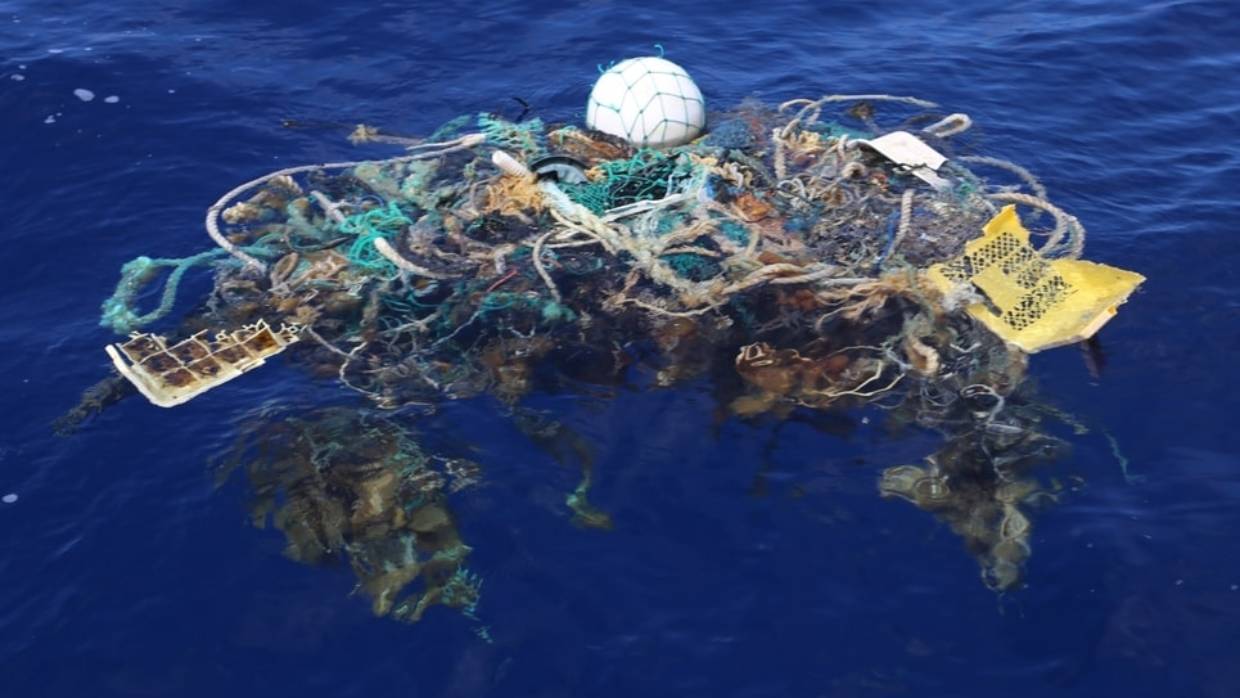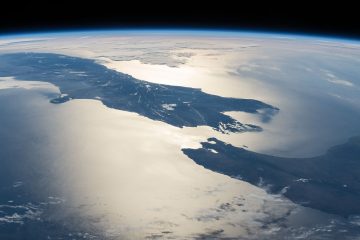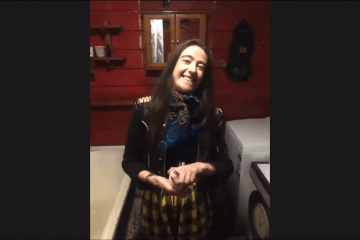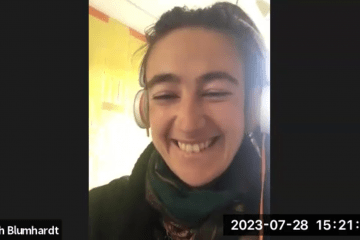The Pacific ocean ‘Garbage Patch’ is the worst it’s ever been

Author – Amber-Leigh Woolf
A growing “vortex of trash” in the middle of the North Pacific Ocean is the largest it’s ever been, according to those who have been there.
The Great Pacific Garbage Patch is a rubbish and plastic-filled vortex that is more than twice as large as the US state of Texas.
Algalita South Pacific director Raquelle De Vine recently returned from weeks at sea and said her feelings of helplessness and “total despair” worsen every time she goes back.
“It was alarmingly, significantly worse than what we’ve previously experienced.”
De Vine travelled to the North Pacific Sub-Tropical Gyre from July 14 – August 4.
For five days, they sailed through relentless waste without the concentration letting up, she said.
“For hundreds of miles in the central accumulation zone, there was no relief.
“Typically, the plastic comes in waves and gives you a sense that the ocean eco-system has some relief from the plague.
Both of the boat’s propellers were obstructed, despite having specific cages to protect them from entanglement.
The gyre is a popular feeding place for birds, and plastic is causing blockages in their digestion and eventual starvation, she said.
Comparison data collected on the voyage showed the pollution was getting worse.
“We need our leadership to take a more proactive approach, rather than waiting until it is too late to react,” De Vine said.
“If we fail to act now, we will be forced to adapt to a different ocean.”
As well as the Government, it was up to every single person to make change, she said.
A large amount of rubbish was commercial fishing debris like buoys, nets and ropes.
The voyage, led by the Algalita Marine Research and Education organisation, was the eleventh to the gyre.
De Vine said the Fox River Landfill disaster, which required months of clean up, was a clear example of leaders waiting until it was too late before acting.
However, it was positive to see the Government’s recent announcement for mandatory product stewardship schemes, which could make manufacturers responsible for their own waste.
– As published in Stuff Environment on August 28 2019 –
https://www.stuff.co.nz/environment/115333836/the-pacific-ocean-garbage-patch-is-the-worst-its-ever-been




